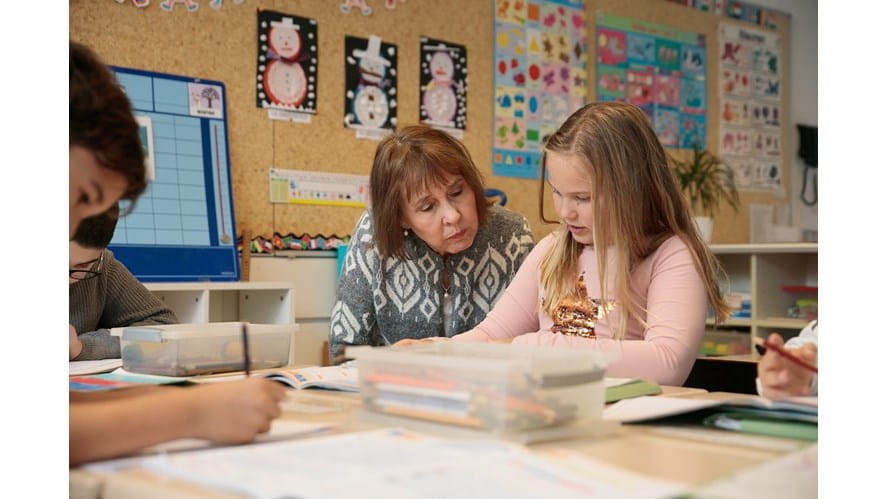We use cookies to improve your online experiences. To learn more and choose your cookies options, please refer to our cookie policy.


Walking through the halls of Nord Anglia International School Rotterdam you may hear whispers of Dutch, or a lengthy discussion in Portuguese. You may be intrigued to see students reading and possibly even writing in their own language. While the language of instruction at NAISR is English, we not only understand the needs of students to sometimes communicate in their Mother Tongue, we also actively encourage it.
Students in our EAL (English as an Additional Language) program will always be made to feel proud of their culture and language, and their ability to be able to work in two languages is treated as an asset that enhances their learning.
But what does ‘Mother Tongue’ mean? Simply stated, a child’s Mother Tongue is primarily the language spoken at home, although it does not need to be the language spoken by the mother. It is usually the language that a child has heard since birth; it is the language that has soothed and comforted them, and it is the language that has shaped their emotions and thoughts. Why is it so important that children have the opportunity to speak their own language, considering parents have chosen our school to improve their child’s English language skills?
According to Jim Cummins, a language and literacy researcher at the University of Toronto, research has clearly shown that mother tongue has a very important role in children’s overall development. As students are provided an opportunity to develop their skills in two, or even three languages, they are given multiple avenues of communicating their emotions and thoughts. As a result, students become more flexible in the way they process their ideas and articulate their thinking.
Research also supports the idea that the stronger the children’s mother tongue, the easier it is for them to learn new languages. If children have a firm understanding of their native language, they develop better literacy skills in other languages that they learn. Allowing students to transfer their understanding of language structures means that skills and concepts acquired in the learner’s home language don’t need to be re-taught when they are applicable to a second language. As multilingualism becomes an increasingly valued skill in our global economy, this advantage cannot be overstated.
Understanding the value of students’ Mother Tongue in education, NAISR is proud to offer native Japanese, Dutch, Spanish and Russian language instruction for the students speaking these languages at our school. For 45 minutes a day, students have a chance to read, write, and communicate with their classmates in their Mother Tongue. Research indicates that simultaneous instruction in Mother Tongue and English leads to a deeper understanding of the curriculum which results in a more positive attitude towards school.
At NAISR we value the diversity of our community and we understand the value and importance of supporting language learning inside and outside the classroom. Language represents an important role in the development of a personal, social and cultural identity. Children with a strong foundation in their first language often display a deeper understanding of themselves and their place within society, along with an increased sense of wellbeing and confidence. Naturally, this flows down into every aspect of their lives, including their academic achievement.

So what does this mean for parents?
Parents can support their children’s second language learning by using mother tongue diversely, reading and telling stories. It is important for the children that parents have a positive attitude towards new languages. If children notice that their parents are supportive of learning new languages, children themselves will then be more motivated to learn. The best way for parents to support their children’s linguistic development is to spend time with their children. Storytelling, discussions, reading books and offering support and encouragement in their mother tongue will aid children on their journey to become multilinguals.
